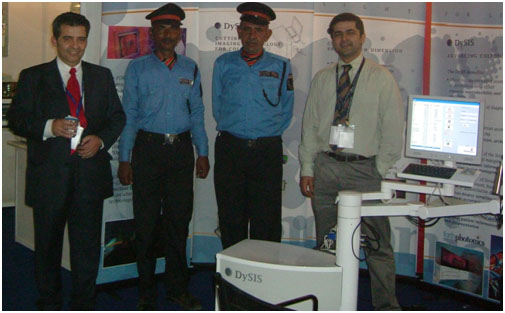I am personally committed to developing advanced and affordable optical imaging methods and devices for the non invasive, non ionizing and objective diagnosis of cancers and pre-cancers. I am fully convinced that successful research outcomes towards this end will be of outstanding impact to the society’s well-being and to economic growth. Early and accurate detection will remarkably reduce the morbidity and the mortality of the population, while at the same time reducing the health-care expenditure, in terms of both personnel cost and capital equipment.
Global health facts and challenges motivating my research
- Three quarters of the global health care expenditure is currently spent on the symptomatic treatment of progressed illness.
- In the developed world most national healthcare systems are facing ever-increasing costs due to the increased life expectancy and to the fact that the population attending screening and treatment programs is exponentially increasing. This situation is unsustainable by national healthcare systems, which are under threat of collapsing, if alternative cost-effective solutions are not found.
- In the developing world healthcare systems suffer from the lack of funds. National healthcare providers or private practitioners cannot often afford purchasing pricy and inefficient medical technologies currently available. Another major issue is the relatively small number of healthcare practitioners and their low education and training level. Due to these facts, the vast population of these countries remains largely unprotected from lethal and other diseases. These countries are not in a position to adopt the prevention programs, as they have been established in the developed world, for the simple reason that these programs are completely unsustainable in vast population conditions.
 |
Presenting and exhibiting a prototype device (left) for screening and diagnosing cervical neoplasia in New Deli, India, after invitation from the Indian Society of Colposcopy and Cervical Pathology (ISCCP) |
